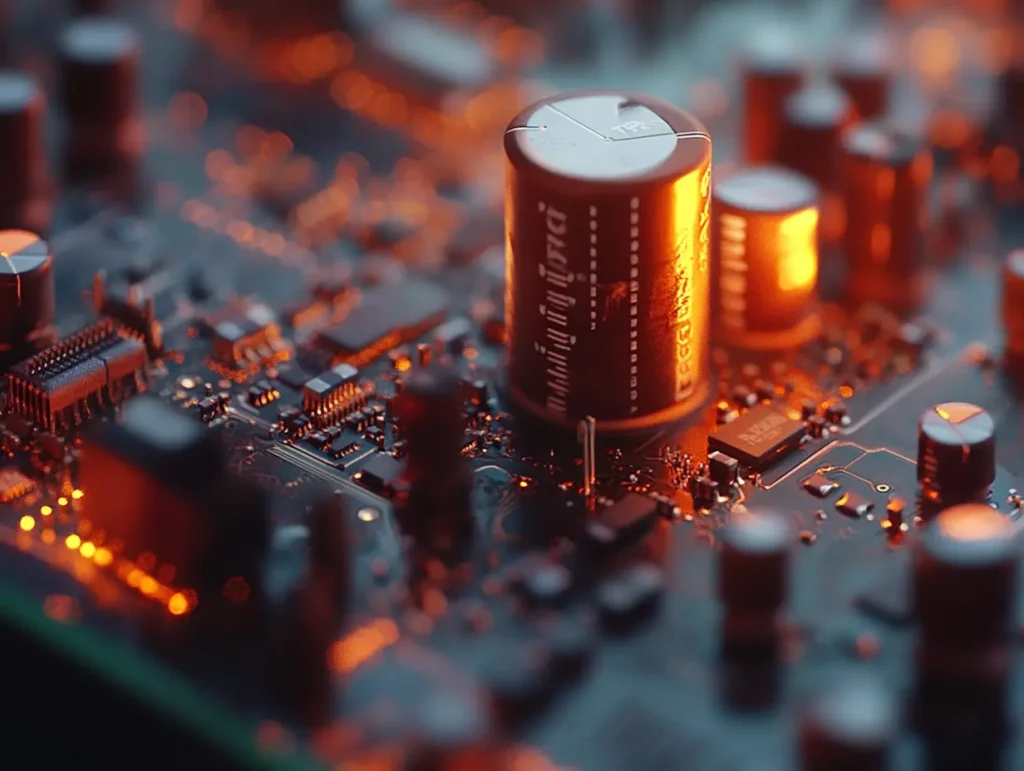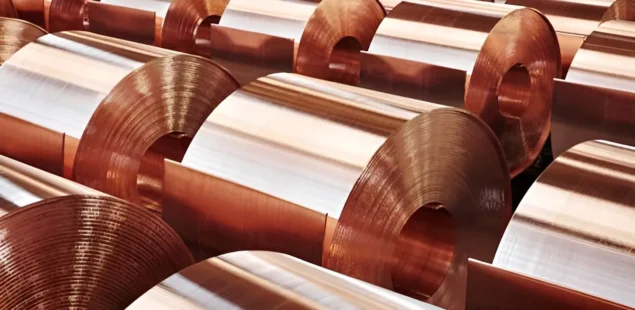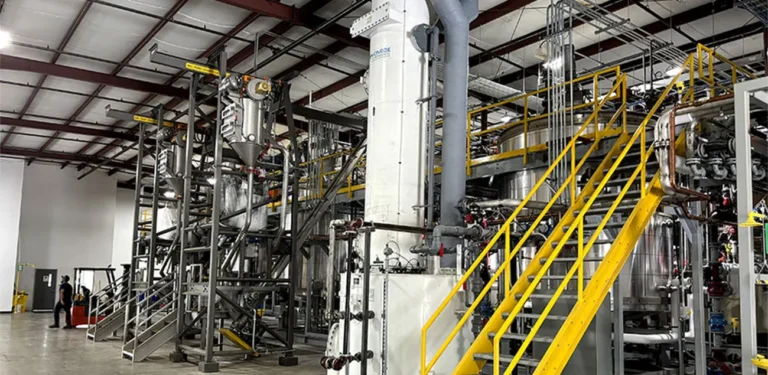
Platinum and palladium, part of the platinum group metals (PGMs) alongside iridium, osmium, rhodium, and ruthenium, are prized for their rarity, durability, and versatility. Their applications span industries such as automotive, jewelry, and clean energy, with growing importance in the transition to a green economy. Despite being in the same metal group, platinum and palladium exhibit distinct physical properties and uses that set them apart.
Palladium: Lightweight and Corrosion-Resistant
Discovered in 1802 by William Hyde Wollaston, palladium is a silvery-white metal with a cubic crystal lattice structure. It is mined primarily in Russia, which produces 92 tonnes annually, and South Africa, with an output of 71 tonnes per year. As one of the rarest metals, palladium is 15 to 30 times scarcer than gold, contributing to its historically high prices. Its lightweight nature, resistance to corrosion, and durability make it ideal for harsh environments and applications like automotive catalytic converters and hydrogen storage.
Platinum: Heavy, Dense, and Heat-Resistant
Platinum, discovered in the 18th century, shares some similarities with palladium but is denser, heavier, and has a higher melting point. These attributes make it suitable for high-temperature industrial applications. South Africa dominates platinum production, holding 95% of global reserves, with Russia as another key supplier. Platinum’s malleability and hypoallergenic properties make it a favorite in jewelry making, while its strength and heat resistance lend themselves to industrial uses.
Physical Differences
The key differences between these metals lie in their density and durability. Platinum is denser, with a density of 21.45 g/cm³ compared to palladium’s 12.0 g/cm³, and has a higher melting point, making it better for demanding industrial processes. Palladium is slightly harder, offering more scratch resistance, while platinum’s superior malleability makes it ideal for intricate designs in high-end jewelry.
Applications in Key Industries
- Jewelry: Both metals are popular in jewelry due to their resistance to tarnish and appealing appearance. Palladium is often alloyed with gold to create white gold, while platinum is used in premium jewelry for its weight and hypoallergenic qualities.
- Automotive Industry: Palladium is a critical component in catalytic converters for petrol-powered vehicles, converting harmful emissions into less toxic substances. Between 2 and 7 grams of palladium are used per converter. Platinum, meanwhile, is favored for diesel vehicle converters. Automakers often switch between the two metals depending on price fluctuations.
Emerging Applications in Green Energy and Technology
- Hydrogen Energy: Palladium’s ability to absorb up to 900 times its volume in hydrogen makes it an excellent material for hydrogen storage and purification. Platinum is vital in fuel cells, acting as a catalyst in converting hydrogen and oxygen into water and electricity.
- Water Purification and Solar Power: Palladium is being utilized in advanced water purification technologies and as an experimental material in solar panels, potentially improving energy conversion efficiency.
- Electronics and Medicine: Palladium is essential in ceramic capacitors for laptops and phones, while platinum is used in optical fibers, hard drives, and thermocouples. In medicine, platinum plays a crucial role in chemotherapy and pharmaceuticals for cancer treatment.
Economic and Market Trends
Palladium prices surged to $3,000 per troy ounce between 2020 and 2022 due to supply shortages and tighter environmental standards but have since dropped to $1,200 per troy ounce. Platinum, trading at $1,027 per troy ounce, has experienced more stable growth, driven by demand in industrial applications and hydrogen technologies. Analysts predict that platinum prices will rise steadily, while palladium’s outlook is dampened by the increasing adoption of electric vehicles, which do not require catalytic converters.
Global Production and Supply Risks
South Africa and Russia dominate the production of both metals, creating potential supply chain vulnerabilities. South Africa holds 95% of global platinum reserves, while Russia leads palladium production with 92 tonnes annually.
Future Prospects and Environmental Impact
Both metals are pivotal in a sustainable future. Palladium reduces emissions via catalytic converters, while platinum is indispensable in hydrogen fuel cells. New research on palladium in solar panels and hydrogen energy systems could unlock further applications. As electric vehicles grow in popularity, traditional demand for these metals may decline, but green energy developments provide a promising path forward.
Conclusion
Platinum and palladium are indispensable metals with distinct characteristics and applications. Platinum’s high density and melting point make it ideal for industrial and jewelry applications, while palladium’s lightweight, corrosion-resistant properties support its use in automotive and green technologies. As global industries evolve, these metals are expected to remain at the forefront of innovation, particularly in clean energy and advanced technologies.



